The King of Spain. That’s what Jeph Loeb called Carlos Pacheco, who left us this week, and with whom I worked on and off for more than twenty years. And somehow, Carlos’ passing strikes closer to home than some of the others we’ve experienced this past year, in that he was closer to my age, and closer to being my generation. One of the things that bonded us was the fact that we read the same comics growing up, with Carlos being a few years behind as the stories were later reprinted in Spain. So we shared a common language, albeit not his actual language. While I know a smattering of Spanish, that was really the provenance of my assistant editor Gregg Schigiel, and one of the secrets as to why we got along with Carlos so well so early: Gregg could conversed with him in his native tongue. Not that it was necessary—Carlos was fluent in English. But I think speaking Spanish was just more natural to him, put him more at ease. It didn’t require the same amount of work and concentration. Gregg and I did delight in sometimes parroting Carlos’ particular diction (“Ex-ac-a-ta-lee, Tahm! He iss berry goot, BOT—!”) I could have murdered Loeb on the day that, while speaking to me, Carlos related that Loeb told him that I did the best Pacheco impression in the business. But Carlos was very kind as I did the stupid thing for him. He wound up in our editorial office after he’d expressed a desire to work with Kurt Busiek on a project—a project which grew into AVENGERS FOREVER. It was actually intended to be another project entirely, a never-realized concept called AVENGERS: WORLD IN CHAINS that Carlos and Kurt spent a bunch of time brainstorming on and coming up with characters for. At the last minute, it turned out that a series with a similar premise was going to be launching the month right before WORLD, despite the fact that everybody involved knew about it ahead of time. A bunch of frantic work pivoting to an entirely different approach, building on a story idea that Kurt had intended to develop later in his AVENGERS run led to AVENGERS FOREVER. That series took 15 months to come out, a fact that nobody has cared an iota about since it was completed and reissued time and again in handsome book collections. Carlos’ work was a wonderful synthesis of a variety of influences—in particular, it was easy to see the Neal Adams and John Byrne in his work, the way he would position and distort figures in space and the dynamics he’d bring to the storytelling. After FOREVER, Carlos was offered the opportunity to both write and draw FANTASTIC FOUR, and he asked for me to edit it, which was nice but which set off a small bit of drama within the editorial offices, as FF was then being edited by Bobbie Chase, who was tight with EIC Bob Harras. This is when I told Bob that I didn’t need to edit FANTASTIC FOUR at this moment, but if the time ever came when it shifted editorial offices and didn’t end up in mine, I’d start breaking people’s fingers. Carlos worked on FANTASTIC FOUR with his friend, writer Rafael Marin, but a change in editorial oversight and a feeling that the finished copy, written in a language that was neither man’s native tongue, was a bit clunky. So Jeph Loeb was brought on board to script the series. Everybody did as good a job with it as they could, but it wound up a bit of a disappointing run to everyone—the hope, I believe, was that eventually Jeph would simply begin writing the series and Carlos would go back to just penciling it. Didn’t quite happen, as Carlos was interested in being more than just a penciler. I did eventually wind up working on the very final issues of that run, after everybody involved had decided to move on.
Carlos went on to do lots of other work, much of it at other companies. ARROWSMITH (again with Kurt), JLA/JSA and GREEN LANTERN over at DC with Geoff Johns, among others. But his path would carry him back to Marvel over time, where we’d work on projects such as AGE OF ULTRON together (along with Brian Michael Bendis, Bryan Hitch and Brandon Peterson) and CAPTAIN AMERICA (with Rick Remender), where Carlos designed the costume worn by both Sam Wilson and Anthony Mackie when they took up the hero’s mantle. Most recently, Carlos was on board to pencil the kickoff special for RECKONING WAR, spinning out of FANTASTIC FOUR. But Carlos had to step away from the project mid-stride. he’d been having difficulties with his leg and back which made it hard for him to sit at the drawing board for long stretches of time. There were a few bad diagnoses and a few unhelpful operations before it became apparent that what Carlos was suffering from was ALS, “Lou Gehrig’s disease.” At least outwardly, Carlos kept up a positive outlook, confident that he and his physicians would find a way to overcome this setback and get him back to the drawing board full time. He kept his hand in doing as much as he could, typically covers. His final cover in comics he produced for me, for DAMAGE CONTROL #2. It’s a fine, funny piece, but had I known it was going to be his last, I’d have tried to come up with something a bit more special. But neither of us did. Carlos kept quiet about the extent of what he was dealing with until the end, when there was no way to avoid it, so most of the folks up at Marvel, including myself, were shocked and surprised to learn that he was on his deathbed only a day or so before he passed. His final act was to donate his organs so that other people might benefit from them. As an editor, I’m used to keeping most of the people I work with at arm’s length. It’s a survival mechanism, because you never know when you may be called upon to deliver bad career news to them. But this one hit home more than these things usually do. As I mentioned at the start, Carlos and I were often on a similar wavelength when it came to the Marvel books. For years and years, I had what I thought was a great bit of business for Sue Storm in the Fantastic Four. I tossed it to different writers over the years while I was editing the series—Mark Waid, JMS, Dwayne McDuffie, etc. We never really found a place for it, though. Then, some time later, I chanced to look back at FANTASTIC FOUR #47, which was the first issue of the series that I sent to press as editor (though Bobbie Chase had done much of the editing work on it.) And son of a bitch, there was that bit right in the middle of it. I’d clearly recalled it from that issue, and somehow convinced myself that I’d come up with it. The same thing happened when I put together the MARVELS COMICS fifth week event in 2000, which published the supposed Marvel Comics that were produced within the Marvel Universe. The Fantastic Four one was set up as a licensed publication, with fan pages like a teen magazine, and Carlos contributed a bit to it. But later, Gregg reminded me that at some earlier point, Carlos had spoken with us about the idea of doing an issue of FANTASTIC FOUR in that manner. So clearly, I was stealing incessantly from Pacheco, knowingly or not. On the flip side, I also once bought Carlos a copy of NOT BRAND ECHH #1 after having learned that he’d never read it, had no familiarity with it, as it was never reprinted in Spain. This would have been before he and the FF team did the story the panel above is excerpted from—possibly the most accurate representation of me in comics—which was based on the style of those NBE stories.
Adios, Carlos. Lower the flag, the Monarchy is over. The King of Spain rests in peace.
I hate to also short-shrift the passing of both wonderful and wicked artist Kevin O’Neill and actor Kevin Conroy, but after teh above, I feel like that’s probably for the best. Let those who knew them speak of them in greater detail now. For me, they were both phenomenal talents, neither of whom I had any direct contact with. But a great loss to the community.
Switching over to talking about life rather than death, we need to give a slight correction on our discussion of the AMAZING SPIDER-MAN drug issues, as pointed out by reader Matt:
Back then, comics didn't contain controlled substances, so the request didn't actually come from the FDA:
"Stan Lee, the editor of Spider‐Man, said he was impelled to proceed with a story containing a subplot on drug abuse by a letter he received from an official of the National Institute of Mental Health, a branch of the Department of Health, Education and Welfare." https://www.nytimes.com/1971/02/04/archives/a-comics-magazine-defies-code-ban-on-drug-stories-comics-magazine.html
And we got more questions than usual this week, which I’m grateful for. So let’s dive in, starting with this one from Sergio Flores
Question for you, Mr. Brevoort, that piggybacks on one from this week: how does being “behind the curtain” affect your enjoyment of Marvel comics, not in terms of separating an artist from their art, but more in terms of knowing many of the general long term plans and even details of many books that are being published there? Do you have to look to other companies’ work in order to have that sense of “what will happen next?!” Are there any Marvel books that you are able to read and enjoy, where you have no idea of what’s coming?
I don’t feel like my enjoyment of Marvel books has been impacted that much by knowing about what is coming down the line, although it’s true that it’s difficult for me to read any Marvel title without having some semblance of an idea of what is planned for it. I’ve over the years developed the ability to sort of switch the analytical portion of my brain off when reading or watching this sort of thing. So the experience isn’t as pure as, say, reading a DC or Image title, but it’s still enjoyable assuming the creative team did their job with skill and verve. But part of that is that my enjoyment doesn’t entirely step from “what will happen next” so much as it does a well-told story or a good scene or an interesting bit of character interaction or a nice idea. And things like the STAR WARS titles, which I do read-out on every month, I don’t have any particular awareness of what is planned while I’m reading them.
Next up is John Cassillo:
Maybe this question is too in the weeds, but was curious if there’s a larger reason why Marvel shifted limited series to five issues over 10/12-issue runs like DC’s done more of lately. Is that just a product of how trade paperbacks are produced now? Or how Marvel would prefer to story-tell outside of ongoing titles? (or both)
It is exactly what you would figure. As I related previously, the real sweet spot for collected editions for us has turned out to be 5-issue books, so we tend to schedule most titles in blocks of 5 or 10 issues accordingly. Not every single series falls into that exact pattern, but it’s pretty close. Sometimes, though, we’ll do something like the current PUNISHER series, which was designed to run for 12 issues (and all oversized issues at that.)
Unrelated: With the Guardians of the Galaxy not having an ongoing series for the last year-plus, was wondering is that because of timing relaunch sort of with the upcoming movie? Also, I’m assuming the Guardians are not on Marvel’s short list for characters that NEED an ongoing series at all times, but what does that list look like (if it exists)?
The lack of a GUARDIANS series for the past several months wasn’t specifically so that we could time a new launch to a film, but more a sense that having taken a few pretty good whacks at fielding a GUARDIANS ongoing, we might be better served to take a breath and A step back and consider what would be the most likely to work the best. Once we’ve got that idea and creative team in place, we’ll proceed—and you’ll see those results shortly. And we don’t really have any sort of list of titles that need to be ongoings at all times—heck, CAPTAIN AMERICA went through two limited series since the Ta-Nehisi Coates run finished up before launching the current twin titles. But as a general rule, if you want your perennials to remain perennials (and to maintain the built-in audience that perennials carry from one creative team to teh next) you need to publish them regularly.
Next up is Nacho Teso:
The question Evan asked made me think of another. When we are talking about really good editors, people who were or still are great at their jobs, what are the names you immediately think of?
There’s a wide variety of names that come to mind, many of which are better remembered as creators in their own rights. But to list a few, Shelly Mayer, Harvey Kurtzman, Stan Lee, Archie Goodwin, Karen Berger
And another one, inspired by the Eden's Trail section. What are your thoughts on editing books that are outside the main Marvel Universe entirely? I don't just mean another continuity, but stuff like Conan, Star Wars, Alien, Predator, Planet of the Apes, Ultraman... Conan and Star Wars do fit at Marvel, maybe just because of historical reasons. And, sure, the barbarian had its time in the main Marvel continuity. But I have to confess that the other franchises feel weird next to a Marvel logo. Sure, Marvel is a comic book publisher and its business is to publish comic books. But nowadays its identity is so linked to superheroes and continuity that I feel that licensed properties never really end up finding its place. Does that affect how you tackle these books?
With most licensed books, we’re not looking to integrate them into the Marvel Universe as we once did with properties such as ROM or MICRONAUTS. So each book needs to be approached on its own terms, and by figuring out what makes the property in question appealing to teh audience and appealing to you, as well as what attributes of it will translate well into the medium of comics (where there is no movement or sound) and which won’t. But in practice, it isn’t really different apart from teh fact that a different group of people are the ones who have final say. But I don’t really approach, say, ULTRAMAN any differently than I do MOON KNIGHT in terms of casting the creative team, setting the general direction, helping to brainstorm the story content and making sure that everything is working as strongly as is possible on a monthly schedule. I think you have to treat them the same, otherwise the audience will be able to sense that something is wrong.
And a question from Steve McSheffrey
One question: Bendis gave continued life to characters from limited series like the updated Ares, the Hood and the Sentry and I had hope (until he deserted us for my favorite modern run on Superman) that he would do the same for True Believers. I loved that series and even recently read again its first issue. Was there ever a chance that could have happened? It wasn't just a great book but it showed the world what Cary Bates could have done without Bronze Age restrictions!
I suppose there was always a chance, but it really comes down to whether Brian had been aware of that series and liked its concept, and that’s not something that ever came up as we were working together. But I’m glad that you liked TRUE BELIEVERS. It came together after Cary, who was the first comic book creator that I ever recognized as such from his appearances in FLASH and JUSTICE LEAGUE, came up for lunch one day. I liked the core idea of the book a bit more than what was actually done with it—in my view of things, I’d have spent less effort giving all of the True Believers cast super-powers and byzantine backstories and focused more on the tabloid journalism/conspiracy theory material. But in writing a Marvel comic, that’s what Cary thought was the best course of action to take.
Behind the Curtain
.Starting in the mid-1960s and continuing into the mid-1970s, DC had a standard form letter that they used to send out to letter writers which answered a batch of frequently asked questions. These answers were updated and changed and rotated through over time, as different subjects started to come up. So what we’ve got here today is one of those response letters, this one dating from 1967 apparently.
The fact that much of the information contained in this form letter centers around the Superman line of titles makes me believe that this may have first been put together under the auspices of Superman editor Mort Weisinger. It’s also entirely likely that the correspondence was written and updated by E. Nelson Bridwell, who worked as Mort’s assistant until the latter’s retirement and who stayed with DC for years after that. Nelson was a font of information, and composing and sending these letters ut seems like something he might have ben tasked with.
At a time when there weren’t many books on old comics history and really no direct contact with the publishers, all of this information was a godsend for fans, especially younger fans. I know that I received one of these forms as a response to a letter that I’d sent in to DC around 1975 or so. I’m guessing that the tradition of sending these out to certain letter writers lasted through Carmine Infantino’s time as DC’s publisher, and was a thing of the past by the time Jenette Kahn took over in 1976.
Pimp My Wednesday
Get your checklists ready, because this what’s arriving at your local comic book retailer from the Marvel Heroes office this Wednesday:
This BLADE: VAMPIRE NATION one-shot started out life as an AVENGERS: VAMPIRE NATION one-off, but with so many different AVENGERS titles coming out at the moment, we made the decision to focus the branding on Blade, who is the lead character anyway. It’s written by Mark Russell and illustrated by Dave Wachter, and it provided a deep dive into the workings of Dracula’s newly-formed vampire nation within the area of Chernobyl, as established by Jason Aaron in AVENGERS. Mark brings the same sense of world-building and satire to this special that was evident in his FLINTSTONES work over at DC, so it’s a very different Blade story than the usual.
IRON MAN hits 650 issues once you tally up all of the Legacy numbering, so we celebrate with an oversized hullaballoo. Not only do Christopher Cantwell and Angel Unzueta wrap up their time on the series with a chapter that hones in sharply on the heroism of Tony Stark, but there are also additional stories to entertain you: one by Murewa Ayodele and Dotun Akande that has Iron Man face the harsh landscape of Jotunheim in a quest to locate Thor, and a faux-reprint of a classic Shellhead adventure in the TALES OF SUSPENSE style by Kurt Busiek and Ben Dewey that’s a quasi-sequel to an earlier adventure—let us know if you can figure out which one it was. There’s also a single page teaser for the incumbent creative team of Gerry Duggan and Juan Frigeri. And of course, another really lovely Alex Ross cover.
Christopher Cantwell also wrote the second issue of NAMOR: CONQUERED SHORES, with art by Pasqual Ferry, in which Marvel’s newest film superstar is at the end of his life in a world where the ice caps have melted, teh seas have risen and humanity is faced with extinction. Can the Avenging Son find a way to save his father’s people from disappearing forever?
I’m not really happy with the placement of that cover copy arrow here—it looks too much like it’s pointing to the UPC, really. But we really did need something to help call out what that big, simple shadow is—especially because we didn’t have the JACK design in hand before E. M. Gist had to produce this cover image. So he had to wing it. In any event, the battle between Ultraman and Ultraseven is interrupted by a new player—is he friend or foe? Only Kyle Higgins, Mat Groom and Davide Tinto know the answer.
And speaking of cover copy that doesn’t entirely work, I don’t love that ENTER here is semi-transparent. But this one, at least, was the work of editors Wil Moss and Michelle Marchese, who inherited this series from me mid-stride. It’s an issue in which we get some more questions and just a hint of some answers about what’s really going on with New York’s sole legal and official super hero team, courtesy of Jim Zub, Sean Izaakse and Netho Diaz.
And over in the digital AVENGERS UNLIMITED track on MARVEL UNLIMITED, we begin a four-part story guest-featuring Ironheart and the Unstoppable Wasp along with the core Avengers, who are called into action against an otherworldly threat known as the Doomsday Man. It’s all both written and illustrated by Patch Zircher.
A Comic Book On Sale 80 Years Ago Today, November 13, 1942
Mary Marvel was not only the first of her type, a junior super heroine cast in the image of an already-established and popular male super hero, but she predated Supergirl by 16 years. And like Supergirl, she was created by writer Otto Binder. She was introduced in this 18th issue of CAPTAIN MARVEL ADVENTURES, a comic book that was so popular at the time that not only was it regularly outselling SUPERMAN (much to the consternation of the Man of Steel’s publishers) but it would soon be released every three weeks rather than monthly. The great C.C. Beck painted this debut cover. Designed by artist Marc Swayze, she was Billy Batson’s long-lost sister, now adopted as Mary Bromfield. Reunited with Billy, Mary discovers that just like him, if she should speak the magic word SHAZAM, she’ll be transformed into the World’s Mightiest Girl. The third and final member of the Marvel Family (apart from the non-powered Uncle Marvel, who would turn up shortly in a Mary Marvel adventure) Mary was sent off into the pages of WOW COMICS to be the headliner for that struggling anthology. She also quickly rated her own title as well, which ran throughout the 1940s. Apart from Wonder Woman, she was the most popular female super hero of the 1940s, a period where long underwear characters were primarily men. Mary’s adventures tended to be somewhat more fantasy-oriented than those of her older brother and the more illustratively drawn Captain Marvel Junior. While there were plenty of typical Marvel thrills, there was more of an emphasis on witches and spooks and talking animals (Mary once shared an adventure with Hoppy the Marvel Bunny, the funny animal version of Captain Marvel who didn’t mix with the others apart from that one story.) She was a purely chaste creation, there wasn’t anything sexualized or prurient in her adventures. It was a very wholesome strip, put out of business as was the Captain and Junior by the settlement of publisher Fawcett’s long-running lawsuit with DC/National Comics. Mary came back in the 1970s, but like the rest of the Marvel Family, she seemed out of step with the times (which was partly the fault of creators who couldn’t seem to take the adventures of the Marvel Family seriously.) In more recent years, it’s become somewhat transgressive to treat Mary in a nastier fashion, and so there are plenty of stories that attempt to do just that in an attempt to make her more appealing to contemporary audiences. The pendulum has swung back the other way in recent years, and so the Mary that we got in the SHAZAM film and the current comics, while not quite as wholesome as her classic incarnation, is definitely truer to her spirit.
Another Comic Book On Sale 80 Years Ago Today, November 13, 1942
At the same time, there was another character inspired by Captain Marvel who was making his debut. This was Captain Triumph, who took over the cover spot in Quality Comics’ CRACK COMICS, formerly the provenance of the Black Condor. Captain Triumph was the creation of artist Alfred Andriola, though Ruben Moreira did the cover. Captain Triumph was comprised of a pair of twin brothers, who each carried a T-shaped birthmark on their arm. After Michael Gallant is killed, his ghost begins to haunt Lance Gallant, in order to aid him in his crime-busting activities. When Lance presses the birthmark, he joins with the spirit of his late brother to become Captain Triumph, who possessed seemingly whatever powers he required in the story in question, including flight, super-strength, invulnerability, the ability to become invisible, and many others. He was one of the great second banana super heroes of the wartime period, primarily because his strip was drawn by great artists, including a long stretch by Reed Crandall. He was clearly another attempt t tap into the appeal of Captain Marvel, but without the uniqueness of being a kid who transforms into an adult hero, he was somewhat generic. Still, Quality comics lived up to their name, with their stories and artwork mostly being top-flight for the era. As such, Captain Triumph was entertaining, even if he was lacking that superstar quality.
And Another Comic Book On Sale 80 Years Ago Today, November 13, 1942
I only chose to spotlight this book because of its super-cool Mort Meskin cover featuring Johnny Quick, which I first saw ages ago in the pages of Jim Steranko’s HISTORY OF COMICS. I was never all that much of a Johnny Quick fan, to be honest—I preferred the Flash, even though Johnny’s stories during the same period tended to be much better drawn. But somehow, it seemed like a more clinical strip to me, more pseudo-serious (as pseudo-serious as you can be when chronicling the adventures of a man who gains super-velocity by reciting a math equation.) Less fun and adventurous. That could just be down to the first Johnny Quick story I read not being as memorable as the assorted Flash stories that surrounded it. According to industry legend, editor Mort Weisinger conceived of Johnny, Aquaman and Green Arrow all in pretty much a single sitting upon inheriting the editorship of the flagging MORE FUN COMICS. While they were all knock-offs of other existing characters of the day (Flash, Sub-Mariner and Batman to be precise), that’s still a hell of an afternoon’s work given the success that two of them would go on to have. Mort apparently had a paternal feeling towards his creations, keeping them appearing in back-up strips in assorted anthology titles well beyond the point where most other super heroes had vanished from the racks. Of the three, Johnny Quick was the one that didn’t make the cut, although he did outlast the original Flash by about three years.
Posted at TomBrevoort.com
This past weekend, I did a deep dive into this issue of CHALLENGERS OF THE UNKNOWN by Jack Kirby which was a strong precursor to the Fantastic Four.
And five years ago, I wrote about this issue of DC SUPER-STARS featuring Zatanna and the Flash.
Afraid that it’s well after 1:00 in the morning on Sunday, and I’m about at my limit here, so we’ll need to forego the Monofocus and Comic I Worked On segments this week. Hope everybody will understand. I’ll try to be more on top of things next week—though it’s not impossible that this will become a bit of a trend, as these Newsletters seem to be taking progressively longer to get written, so something is going to have to give somewhere. Anyway, have a good one, and we’ll reunite in seven days.
Tom B

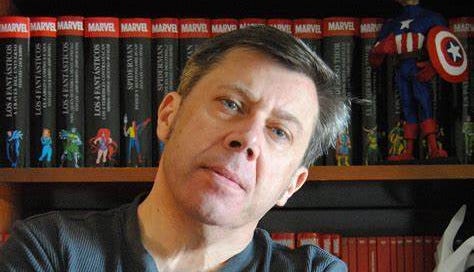



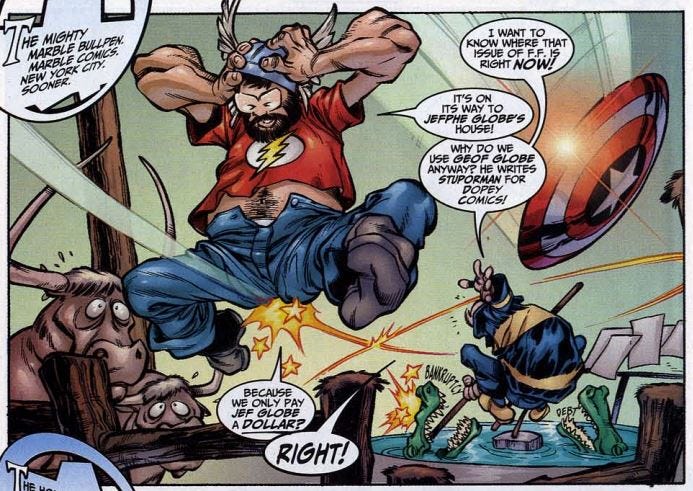
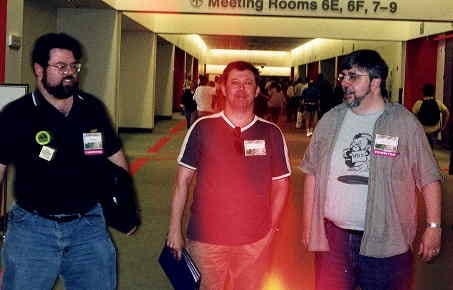
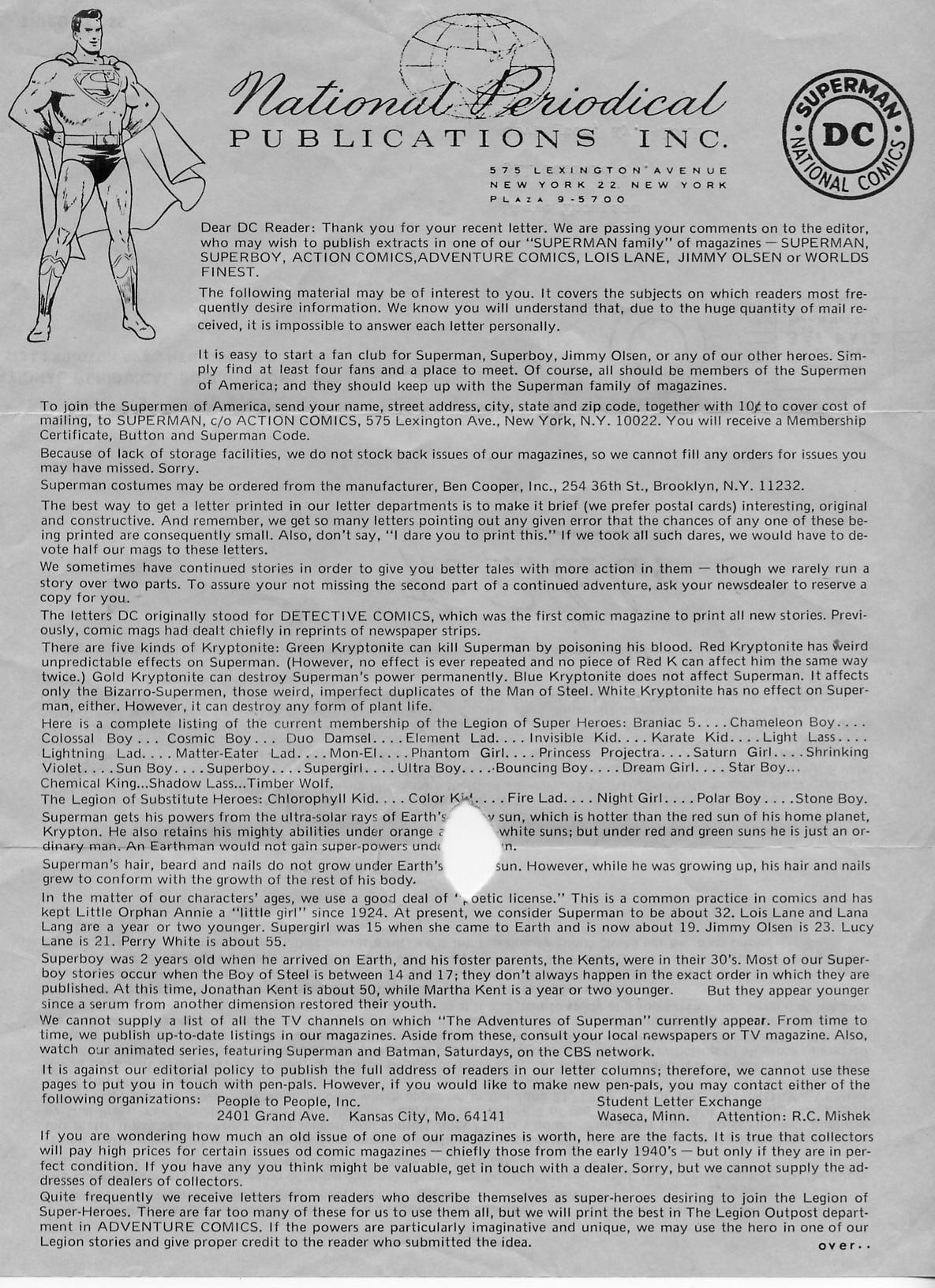
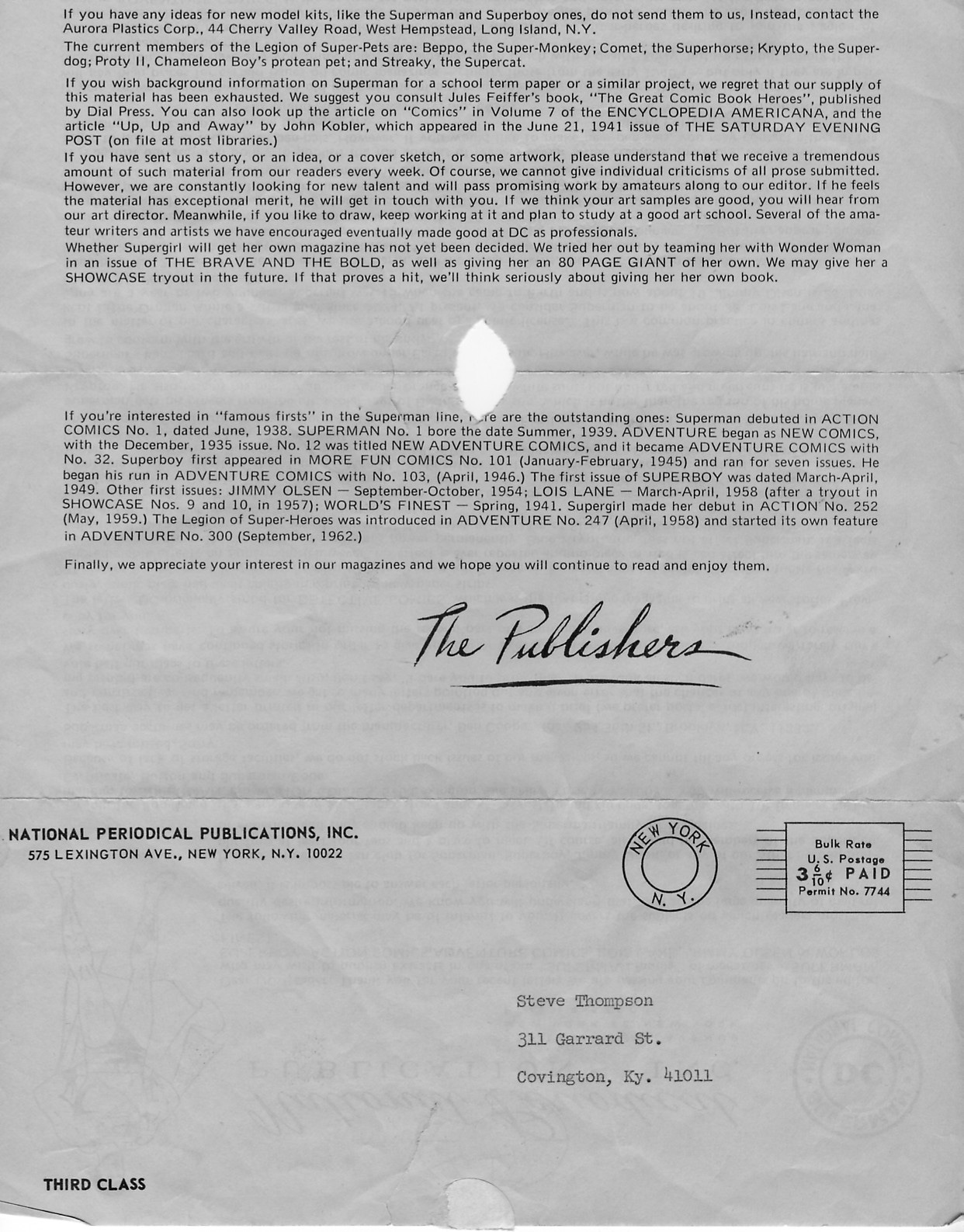
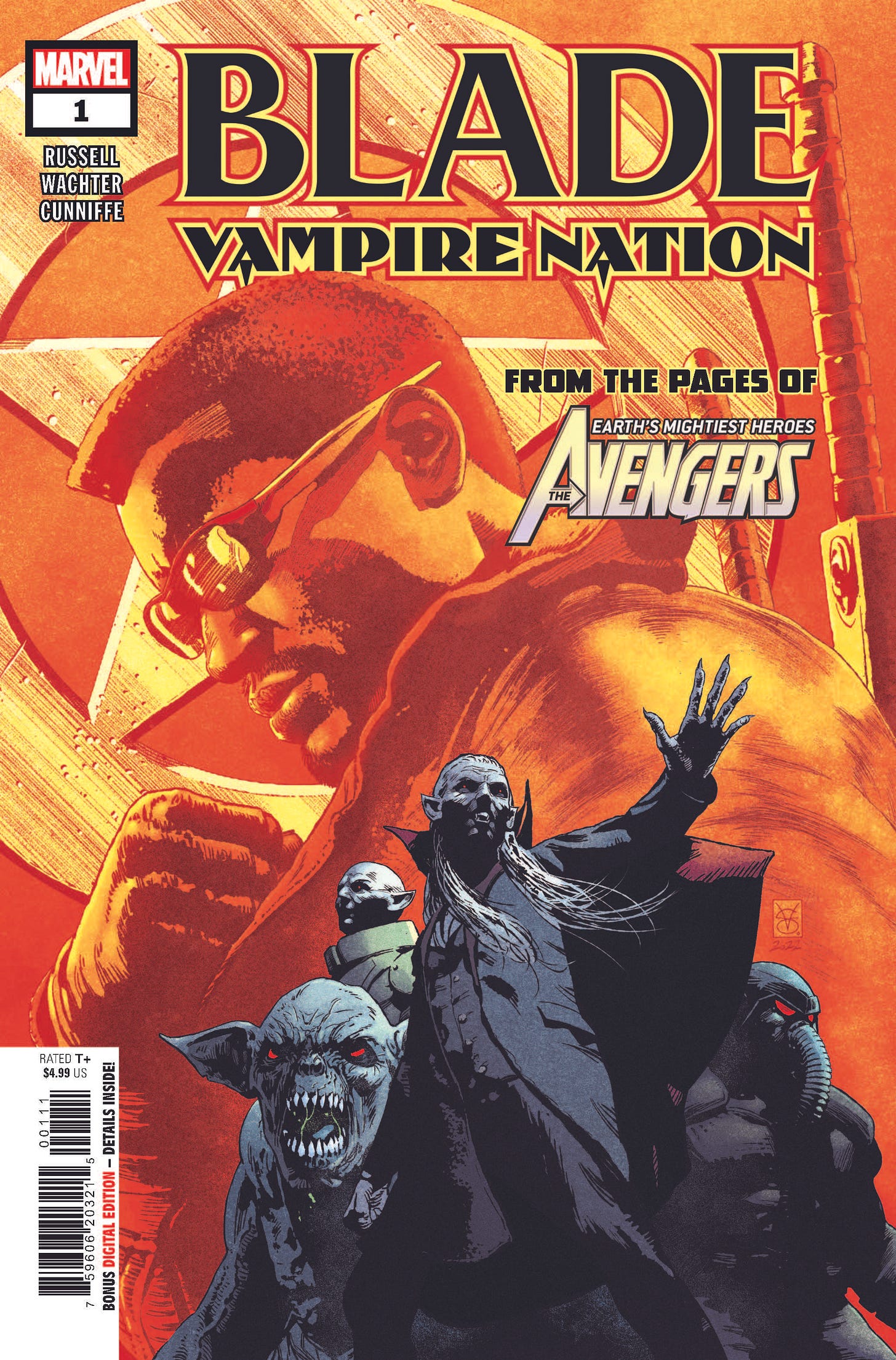
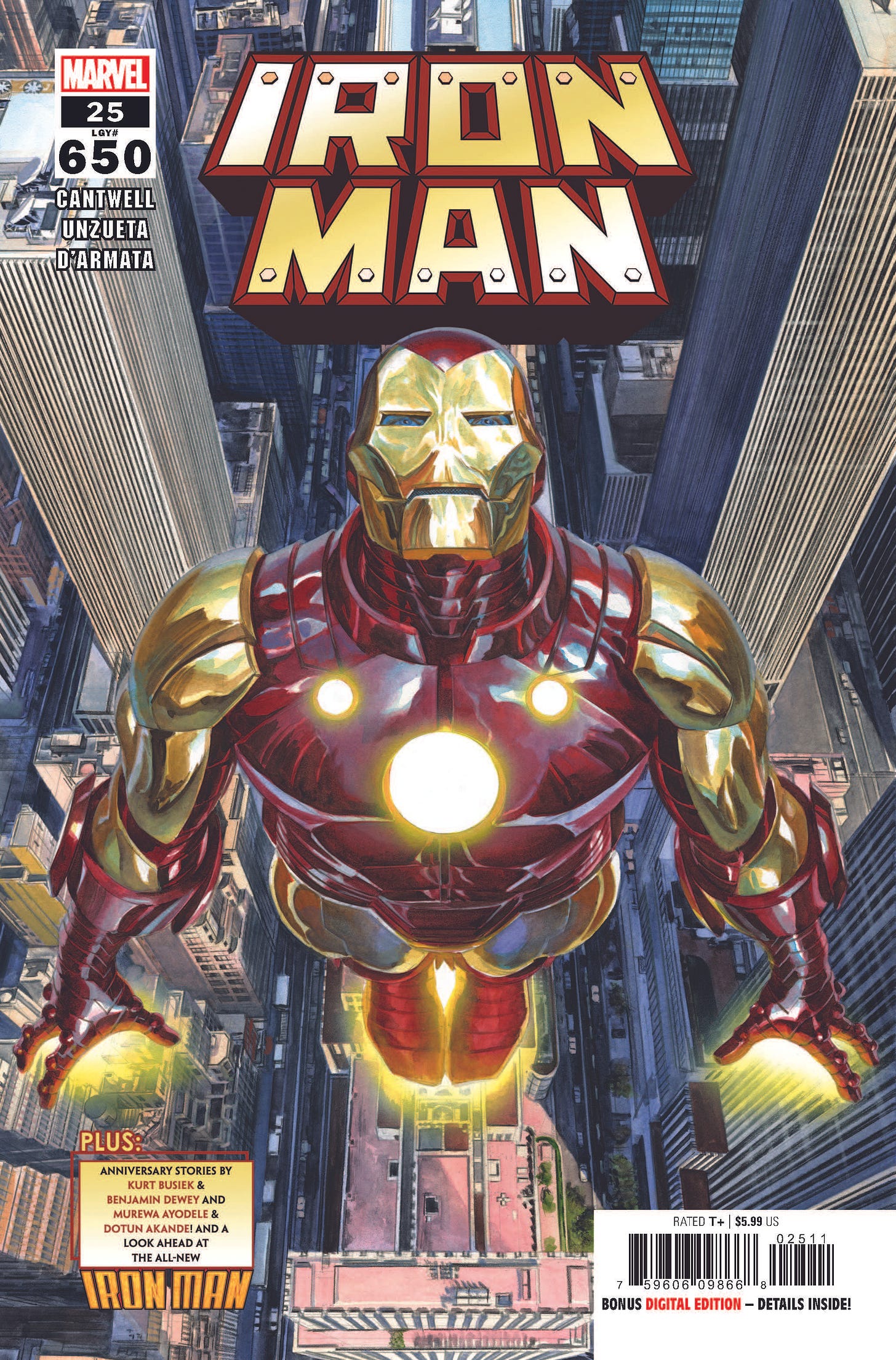
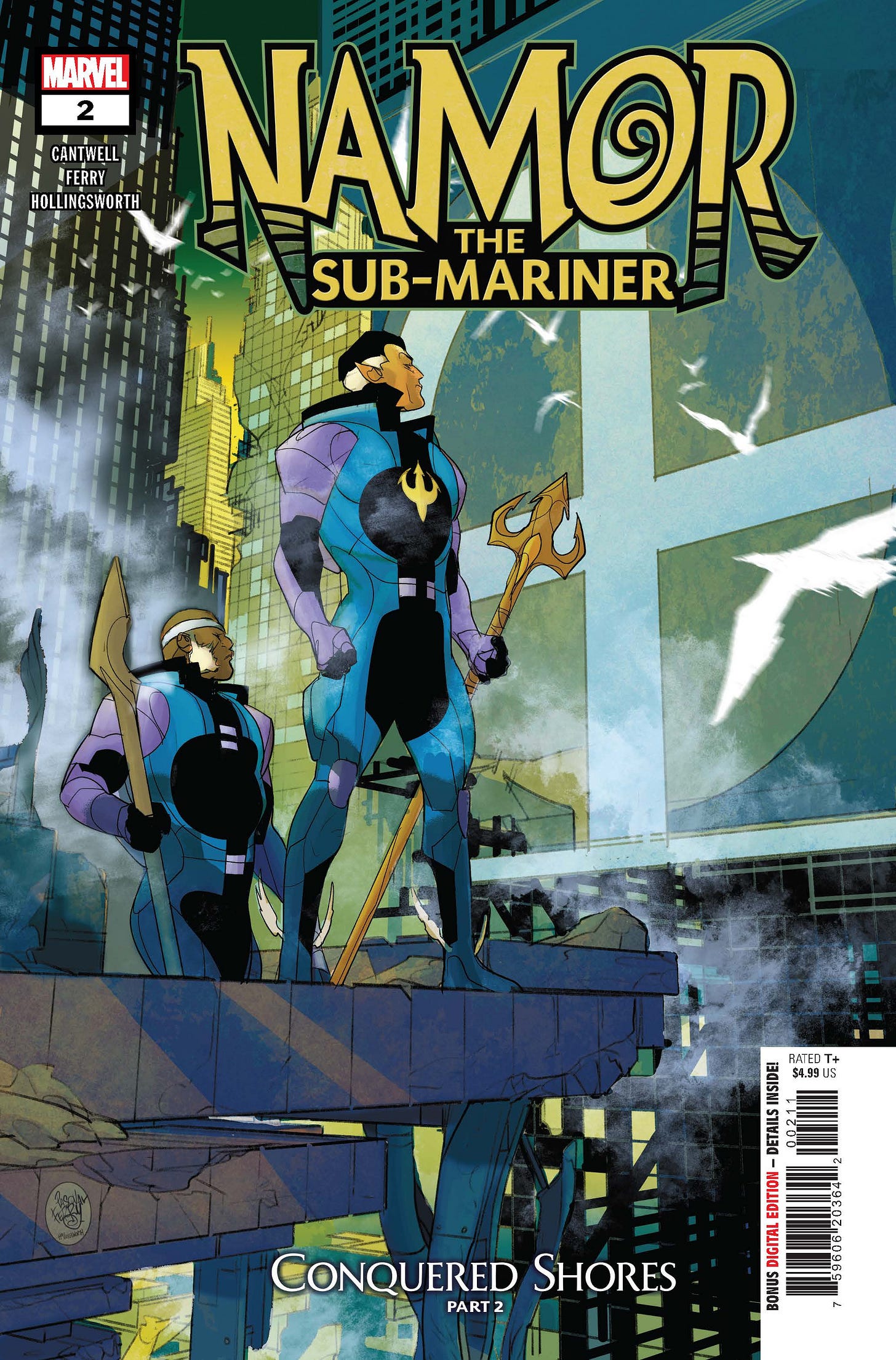
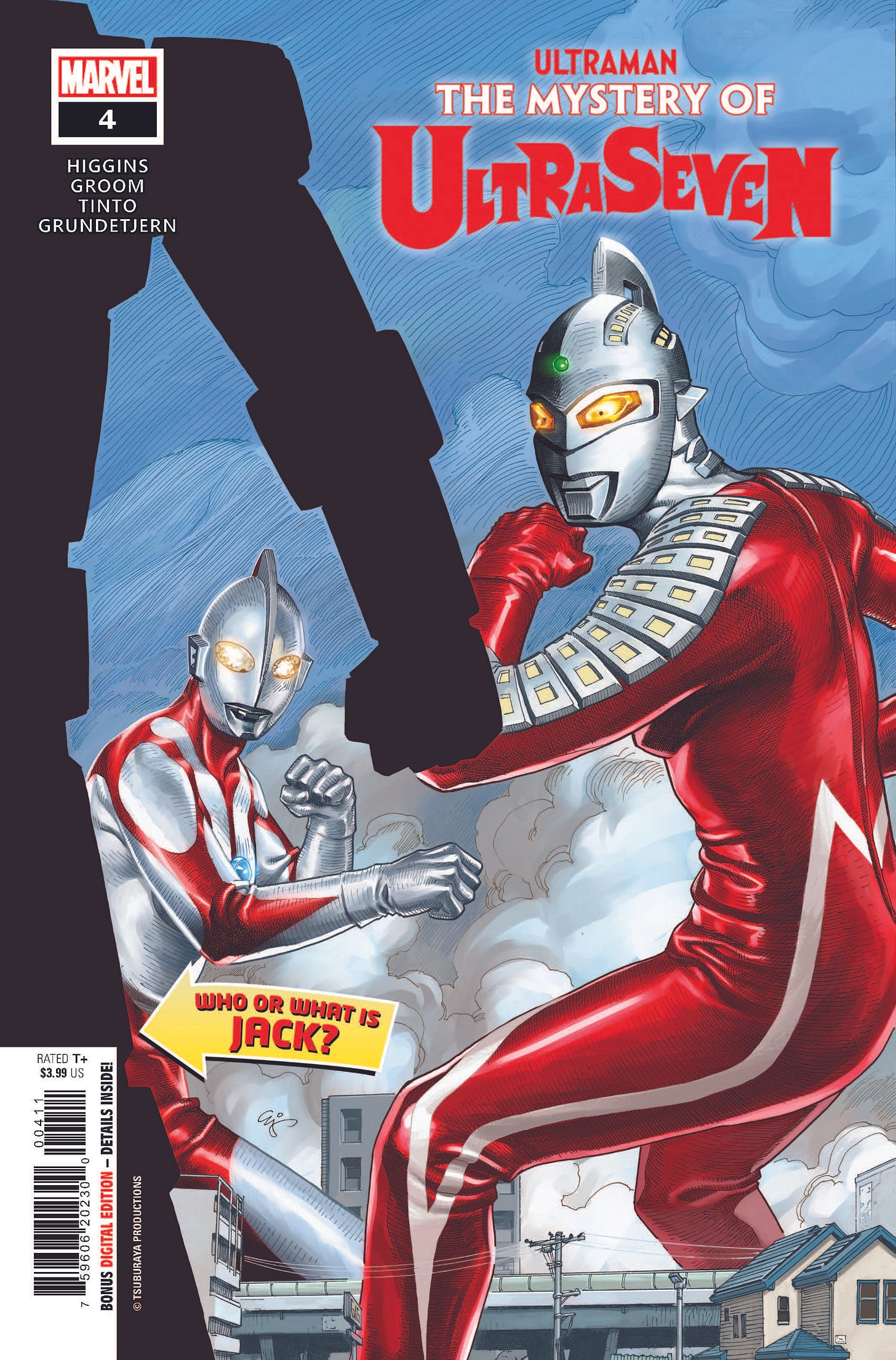
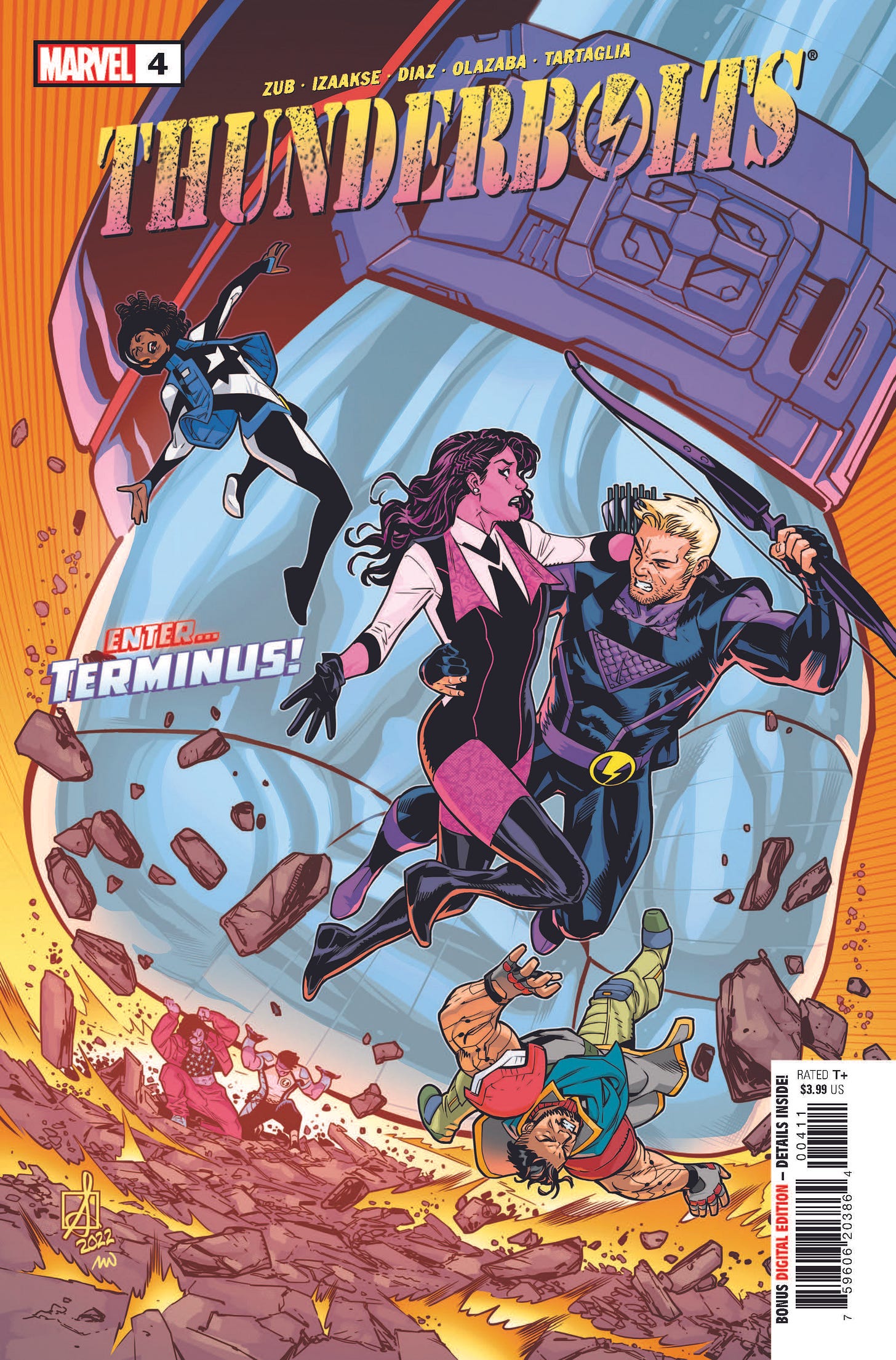

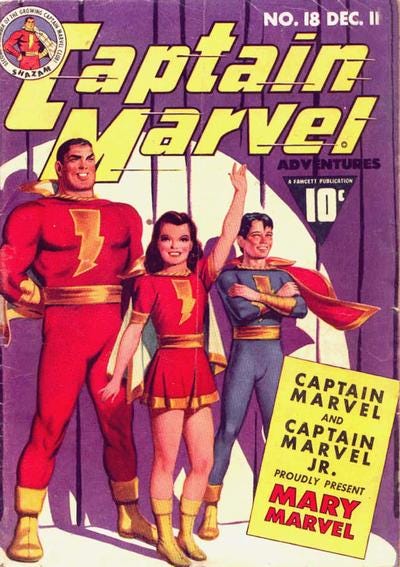
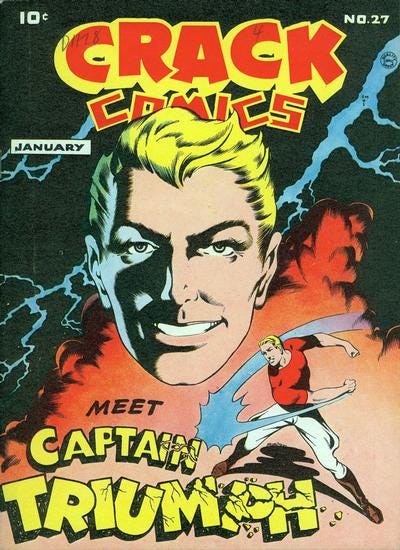

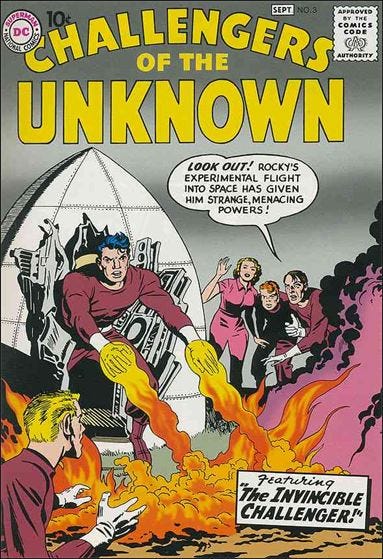
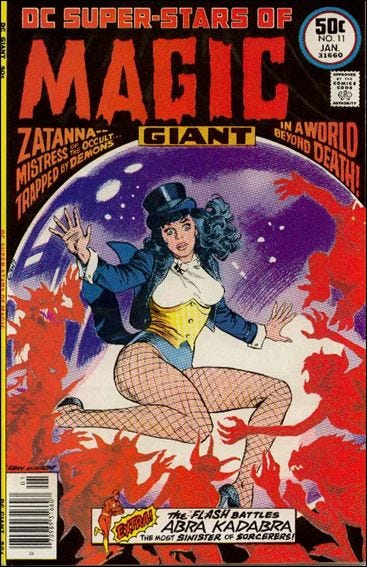
Thanks for the lovely tribute and the consistently excellent newsletter. I just want to request that if you do trim down the length of this thing it’s not at the expense of the part where you discuss a comic you worked on. That’s one of my favorite parts! It’s a neat peek behind the curtain that I can’t get anywhere else!
Thanks for your words about Pacheco. It was truly a sad day. Everything I've ever heard about him is good, he seemed to be an all around great person. So, yeah, his artistic skills were truly fantastic, but I think the true measure of who he was is how fondly he is being remembered by those that knew him well. Descansa en paz, Carlos.
Ok, let's try asking a question to change the mood. What's your comfort comic? What book do you go back to read when you need to feel better? For me, I think it could very well be any Astérix book available at the moment. Those stories have been with me since I was a little kid, just like Mortadelo & Filemón. Maybe that's why I can just dive in and instantly feel better. That and the obvious reason of Astérix being a great series most of the time. Which makes me think of one last candidate: Calvin & Hobbes.